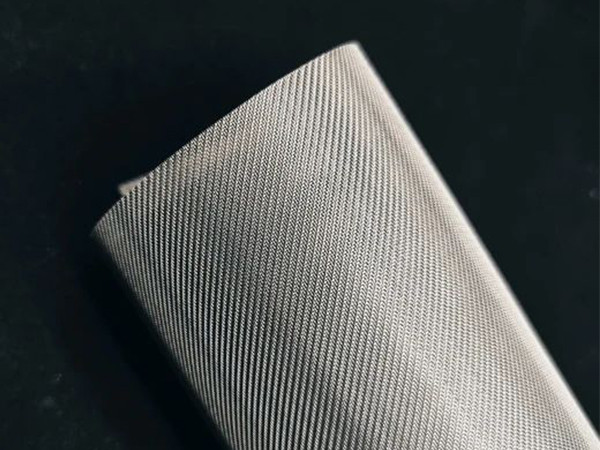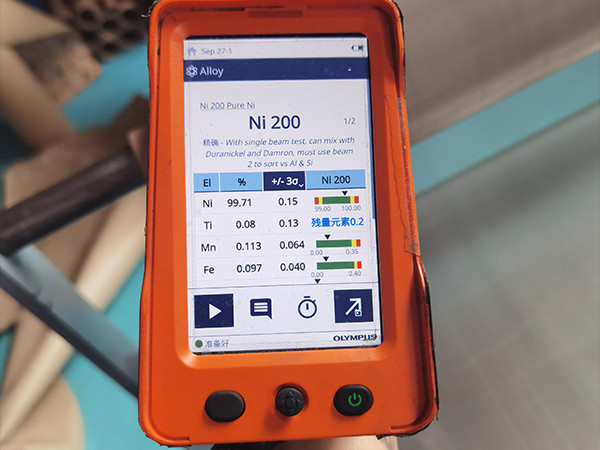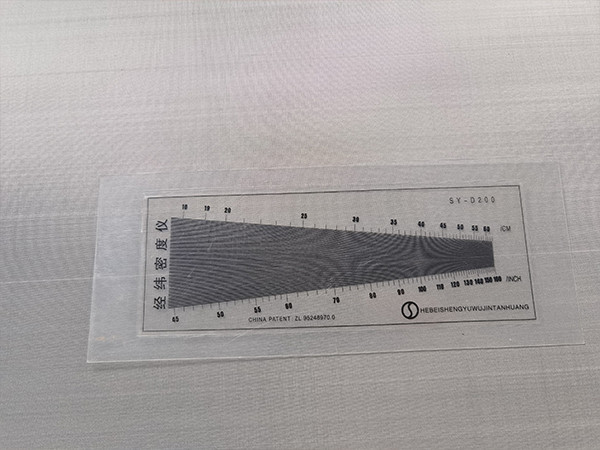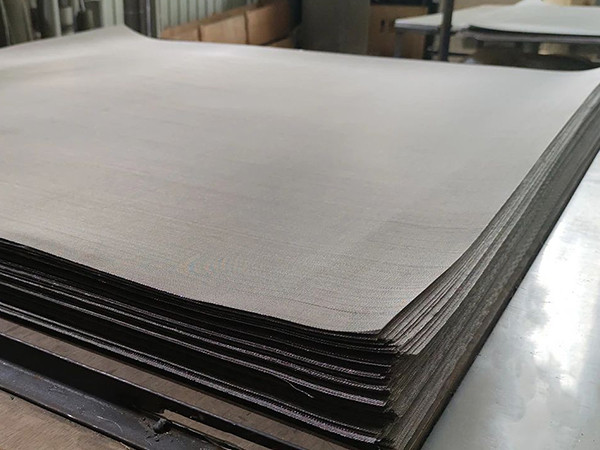- Home
- Products
- Industry
- Chemical
- Oil & Gas
- Power Plant
- Refinery
- Rubber
- Plastic & Plastic Recycling
- Resin
- Chemical Fiber
- Metallurgy
- Pharmaceutical
- Food
- Cement
- Ceramic
- Water Treatment
- Iron & Steel
- Hydrogen Production
IndustryBoedon has the ability to design solutions and supply filter cartridges and materials for various industries to meet filtration requirements.
- Technology
- Gallery
- Resources
- About Us
- Contact Us











